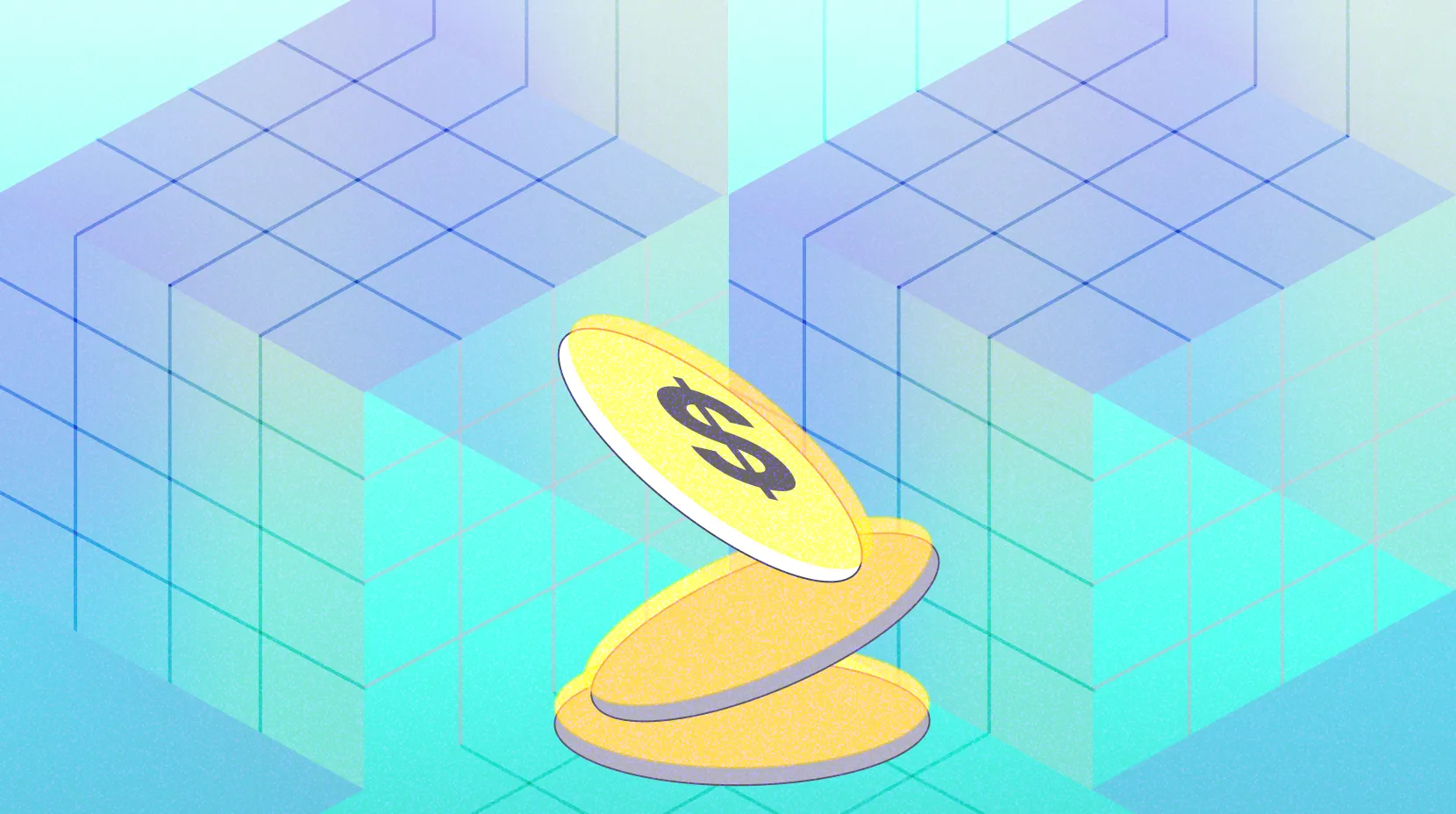Типы надписей
В этой главе мы познакомимся с основными надписями различных публичных цепочек и различными протоколами надписи на биткойн.
Содержание главы
В предыдущем разделе мы обсуждали, что концепция надписей зародилась в экосистеме Биткоина, в первую очередь, в процессе записи данных в блокчейн. Один из простейших методов нанесения надписей включает в себя прямое нанесение текстовых данных, что привело к разработке BRC-20, простого для понимания токена. Правильно заполнив соответствующую информацию в соответствии со спецификациями, можно завершить развертывание, чеканку и перенос надписей. Следовательно, разработчики воспроизвели и усовершенствовали BRC-20 в других публичных сетях, тем самым еще больше способствуя популярности надписей.
Расширение на другие публичные цепи
Эфирные надписи
Ethscriptions и iERC20 - одни из известных надписей на Ethereum. Ethscriptions - это альтернатива смарт-контрактам и L2, которая позволяет пользователям обмениваться информацией и выполнять вычисления на Ethereum L1 по низкой стоимости. Она достигает децентрализованного вычисления, применяя правила к Ethereum calldata для обхода хранения и выполнения смарт-контрактов.
Протокол планирует запустить протокол эмиссии токенов на основе POW-майнинга, где объем эмиссии токенов зависит от вычислительной мощности процессора участников. Иными словами, чем выше вычислительная мощность участников, тем больше токенов будет выпущено. Этот метод proof-of-work позволяет пользователям честно участвовать в любой продаже токенов.
Надписи Соланы
Известный протокол надписи на Solana - это протокол SPL-20, аналогичный BRC-20. Протокол также представляет собой набор текстовых надписей в формате JSON с фиксированными правилами и форматами. В отличие от BRC-20, он изменяет имя протокола "P" в поле "P" на "P:spl-20". Как показано ниже, формат известной надписи Solana 'sols' отличается только в полях протокола и имени.

Источник: https://magiceden.io/marketplace/sols_spl20?activeTab=items
Avalanche Inscriptions
Подобно цепочке Solana, у цепочки Avalanche также есть протокол надписи, аналогичный BRC-20, называемый ASC-20. Протокол также имеет три основные операции: развертывание, чеканка и передача, но только на общедоступной цепочке Avalanche.

Операция передачи надписи Avalanche 'dino'. Источник: https://avascriptions.com/inscriptions/0x50cc0c7fcd6710c47c399cac9a85ca6dba6b4d91d5a51c19bcb873578a4a8be0
Помимо этих общедоступных цепочек, на нескольких решениях уровня 1 и уровня 2 появились активы в виде инкрипции, включая Polygon, Doge Chain, Near и Sui. Вы можете найти активы в виде инкрипции на до 20 общедоступных цепочках просто наОфициальная страница навигации с надписью Gate.com.

Источник: https://www.Gate.com/inscription/bitcoin/brc-20
Инновации в протоколе Inscription в экосистеме биткоина
Упомянутые выше общедоступные цепочки, такие как Ethereum и Solana, являются цепями, полностью совместимыми с машиной Тьюринга. Они могут использовать смарт-контракты для разработки соответствующих токен-протоколов, таких как известный протокол токенов ERC-20 и протокол NFT ERC-721 на Ethereum. У Solana также есть собственный стандарт токенов, SPL. Разработчики могут напрямую использовать эти протоколы для выпуска обращаемых и необращаемых токенов. Поэтому большинство активов надписи и исследований по разработке надписей происходит на не полностью совместимых с машиной Тьюринга общедоступных цепочках, таких как Bitcoin. Надписи можно рассматривать как отличное решение для выпуска активов на таких цепях. Следовательно, помимо Протокола Порядков и BRC-20, на Bitcoin также существует множество инновационных протоколов надписей.
Протокол Atomicals (ARC-20)
Протокол Atomicals - это простой и гибкий протокол, специально разработанный для чеканки, передачи и обновления цифровых объектов на блокчейнах, основанных на UTXO, таких как Bitcoin. Атомные цифровые объекты являются основным активом протокола Atomicals. Протокол может выпускать, передавать и обновлять цифровые объекты.
Помимо Atomical, протокол Atomicals также поддерживает выпуск токенов. Для этой цели команда представила новый стандарт ARC-20. Он использует Сатоши для представления каждого токена. Другими словами, каждый токен ARC-20 поддерживается 1 Сатоши (сокращенно Sat, самая маленькая единица сети Биткоин; 1 BTC можно разделить на 100 миллионов Сатоши). Его стоимость никогда не упадет ниже 1 сат.
Токены ARC-20 могут быть разделены и объединены, как обычные BTC. Любой может создать их через децентрализованное чеканение или прямое чеканение, и их можно передавать на любой тип адреса BTC. Чеканщик может использовать команду init-dft для децентрализованной инициализации, устанавливая параметры, такие как высота блока, с которой начинается чеканка, разрешенное общее количество чеканов и условия чеканки. В противном случае, он может непосредственно создать один выход, содержащий общее предложение, делая так, что каждый сат непосредственно представляет единицу токена. Например, чеканщик может создать один выход, содержащий 1 полный BTC для чеканки общего предложения в 100 миллионов токенов. (Ссылка)
Протокол Рун
26 сентября 2023 года Кейси Родамор, основатель Протокола Ординалов, представил новый протокол Руны. Этот протокол призван устранить различные недостатки BRC-20. В его блог, Родармор выделил недостатки текущих протоколов выпуска активов:
- BRC-20: Не основанный на UTXO и довольно сложный, поскольку требует использования ординарной теории для некоторых операций.
- RGB: Очень сложный, опирается на данные вне сети и разрабатывался в течение длительного времени без внедрения.
- Контрагент: Имеет собственные токены, необходимые для определенных операций, и не основан на UTXO.
- Omni Layer: Имеет собственные токены, необходимые для определенных операций, и не основана на UTXO.
- Активы Taproot: несколько сложный, основан на данных вне сети.
Кейси Родармор назвал свое решение Runes, а название токена было «Руны». В первой записи блога две стандартные операции протокола Runes, передача и выдача, были определены в базовом формате. В целом, протокол Runes не связывает записи о балансе с адресами кошельков, а вместо этого хранит записи в самом UTXO. Новые токены Runes начинаются с транзакции выпуска, указывая предложение, символ и количество знаков после запятой, и распределяют это предложение для определенного UTXO. UTXO может содержать любое количество фишек рун, независимо от их размера. UTXO используются только для отслеживания балансов. Затем функция передачи использует этот UTXO, разбивает его на несколько новых UTXO любого размера, содержащих разное количество рун, и отправляет записи другим. По сравнению с BRC-20, Runes уменьшают уровень серверного консенсуса, становясь проще, при этом не полагаясь на данные вне сети и не имея нативных токенов. Это делает его очень подходящим для нативной модели UTXO Биткойна. (Ссылка)
Протокол Runes еще не запущен и планируется запустить в апреле 2024 года.
Протокол BTNS
Система именования токенов трансляции (BTNS) - это протокол выпуска активов, созданный J-Dog, одним из ранних держателей биткоина и членом команды разработчиков. Основная концепция заключается в том, чтобы сделать возможным для BTC выпуск собственных токенов на цепочке и NFT, присоединяя трансляционные сигналы к каждой транзакции цепочки BTC и записывая их в блокчейн в виде данных на основе индексации журнала. Самое большое преимущество протокола BTNS заключается в том, что помимо трех обычных операций - развертывания, чеканки и передачи, обнаруженных в большинстве надписей, он также предлагает серию общих базовых инструкций для активов протокола, включая сжигание, листинг и раздачу воздухом.

Источник: https://btns.wtf/
Протокол Tap
Протокол Tap - это еще один стандарт токенов, построенный на протоколе Ordinal, и его можно рассматривать как улучшенную версию BRC-20. Используя протокол Tap, более сложные финансовые операции могут быть непосредственно реализованы на блокчейне Bitcoin. В его дизайне приоритет отдается гибкости и удобству использования по сравнению с другими токен-метапротоколами. Он может выполнять функции, такие как стейкинг токенов, обмен и пулы ликвидности, не требуя вспомогательного слоя или сложных механизмов. Вот некоторые примеры:
- Обмен и стейкинг: В экосистеме TAP пользователи могут легко обменивать токены и стейкировать их для поддержки сети и получения вознаграждений, объединяя ликвидность с поощрениями.
- Пулы ликвидности: TAP позволяет создавать пулы токенов, в которые пользователи могут вносить вклад, обеспечивая децентрализованную торговлю и получение комиссий взамен.
- Аутентификация токенов: обеспечивает основу для проверки токенов на платформе, которые потенциально могут использоваться в качестве внутриигровой валюты или предметов.
- TAP Art: Это позволяет соединять порядковые номера с токенами на протоколе TAP, обеспечивая долевую собственность ценными произведениями искусства. Расширяя протокол TAP, сохраняются как размещение токенов, так и источник порядковой собственности.
- Множественные отправки: пользователи могут отправлять несколько транзакций одновременно, упрощая процесс распределения токенов между различными получателями. Раздача токенов в Ordinals еще никогда не была такой простой и экономичной, как с TAP.
- Протокол многих активов: Наконец, TAP функционирует как протокол многих активов, что означает, что он может обрабатывать различные типы активов помимо одного стандарта, расширяя область сделок и взаимодействий в блокчейне Биткоин.
- Внешние функциональные возможности TAP разделены на внешние и внутренние части. Он функционирует аналогично BRC-20, что позволяет легко интегрироваться с текущими рынками и кошельками. Внутренне он предлагает дополнительные функции пользователям, которые могут быть расширены через управление сообществом с использованием токена $TRAC.
Исходя из этих функциональных возможностей, мы видим, что Tap Протокол приоритизирует встраивание собственного токен стандарта в различные модули функций DeFi. Эти модули делают его более вероятным кандидатом на роль краеугольного камня Bitcoin DeFi. По мере увеличения количества связанных приложений DeFi, это привлечет пользователей к Tap Протоколу для выпуска активов Tap Протокола, что в конечном итоге укрепит рыночное положение протокола.
Протокол Pipe
Протокол Pipe, предложенный BennyTheDev, это протокол токенов, родом из Bitcoin, вдохновленный RUNES Кейси Родармора и концепция порядковых чисел BRC-20. Он также выполняет три основные функции: развертывание, чеканка и передача токенов. В отличие от BRC-20, его технические характеристики более сложны, как показано ниже. Передаточная функция Pipe Protocol имеет более обширные поля.

Источник: https://github.com/BennyTheDev
Эта сложная архитектура также позволяет протоколу Pipe быть совместимым с моделью UTXO биткойна, обеспечивая полную совместимость с первоначальной архитектурой биткойна.
Сводка
В целом, хотя популярность надписей распространилась на другие общедоступные цепочки, большинство из них просто имитации. Надписи на несовершенных блокчейнах, таких как Биткоин, особенно сам Биткоин, получили много исследований и инноваций. Хотя различные протоколы надписей имеют разные механизмы и решения, общий результат заключается в стимулировании ликвидности и разнообразия активов в экосистеме, что оказывает значительное толчковое воздействие на общее процветание экосистемы Биткоина.
В следующей главе мы погрузимся в инструменты надписей, чтобы увидеть, какие из них могут помочь нам овладеть надписями!
Резюме главы
- Большинство надписей на блокчейнах с поддержкой Тьюринга являются имитациями BRC-20, обычно с измененным полем «p» в протоколе.
- В экосистеме биткойна надписи значительно развились с появлением протоколов надписи, таких как Atomicals, Runes, BTNS, Tap protocol и Pipe Protocol.





